There can be your advertisement
300x150
How to Pay Less for Water: Choosing the Right Plumbing Fixtures
Plumbing fixtures should be chosen carefully: our choice will affect the environment and the size of water bills for the next 15 years — this is the average service life of plumbing fixtures. Ekaterina Sultanova explains which models to pay attention to so you don't overpay for water.
Ekaterina Sultanova is an expert and interior designer at Elkus Manfredi Architects (Boston), graduated from Suffolk University with a major in interior design.
Showerhead
A shower is one of the main ways water is used at home (approximately 151 liters per day and 17% of total water consumption for an average family). The efficiency of a showerhead is measured by the flow rate in liters per minute, which for traditional shower systems is 9 liters.
Eco-friendly showerheads come in two types: aerated and laminar.
Aerated
These mix air with water, forming a water suspension that surrounds the body in a 'water cloud.' They are recommended for use in enclosed shower cabins that can quickly heat up and maintain temperature — as the small droplets of suspension cool down quickly in a draft.
Water consumption with such showerheads is only 3 liters per minute.
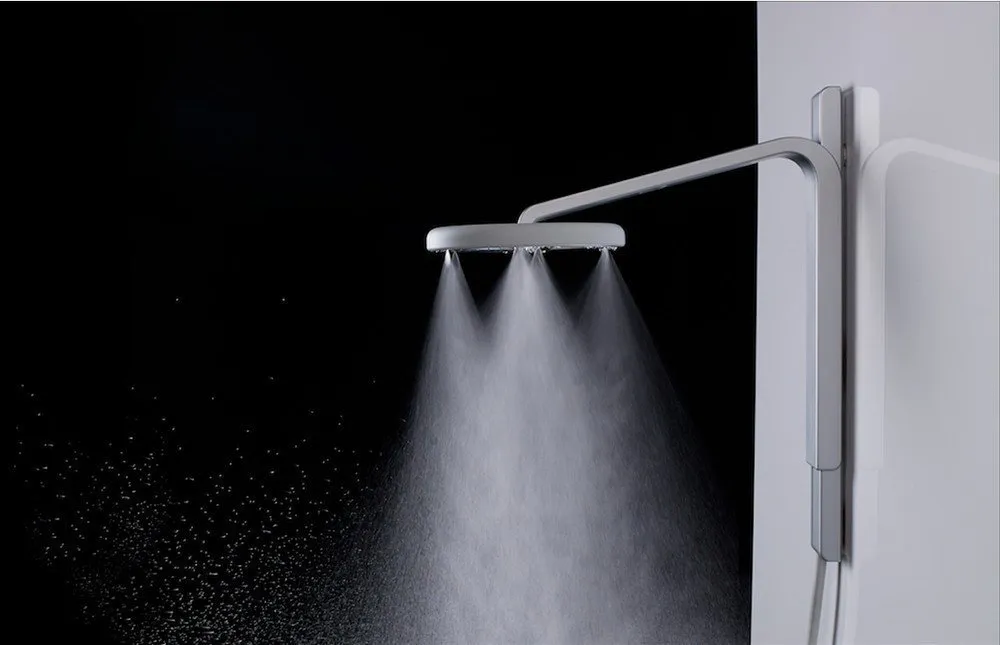
Shower with aerated showerhead
Laminar
Laminar showerheads form thin streams of water that are delivered under strong pressure. This system is more familiar to us, and efficiency is achieved through improvements in existing technologies. They consume 6 liters of water per minute, without losing in water flow or pressure.

Shower with laminar showerhead
Toilet
Approximately 27% of water consumption in a house goes to the toilet. This is more than the consumption of washing or dishwashers. Older toilet models can use up to 20 liters of water per flush, while modern water-saving toilets reduce consumption to an average of 4 liters. There are two main types of water-saving toilets: gravity and pressure-flush toilets.
Gravity
In newer models of gravity toilets, the flush occurs under the influence of gravitational force, just like in older predecessors. However, effective distribution of water jets across the tank surface (360 degrees), optimal pressure levels, and leak prevention systems allow water savings and consumption of up to 4 liters per flush.
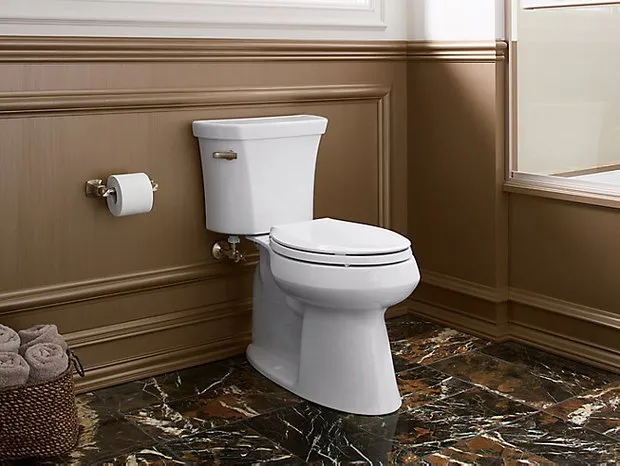
Gravity toilet
Pressure-flush
Toilets with pressure-flush systems were often used in commercial spaces, but are now becoming more popular in residential use. The flush water is held in a chamber in the tank, which is forced out under air pressure during the flush. These models typically use 4 liters of water and take up less space compared to traditional toilet models.
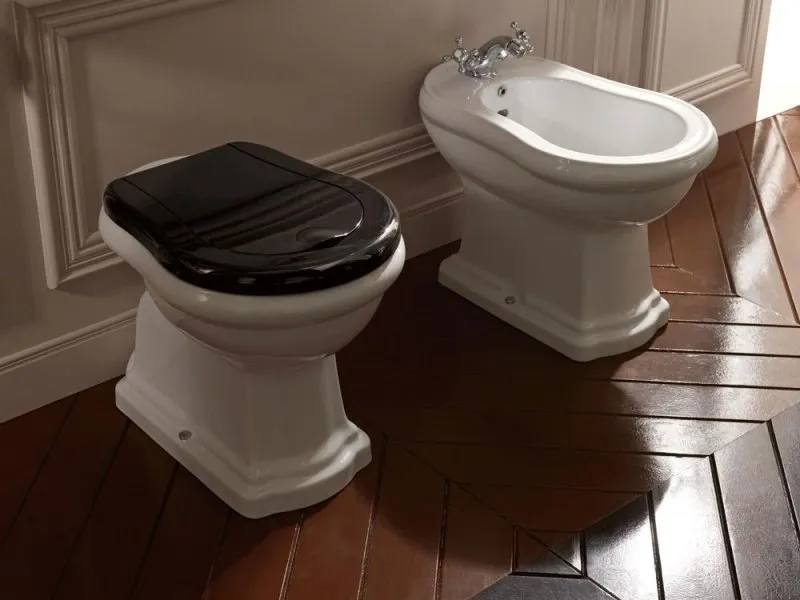
Toilet with pressure-flush
Mixers
If we turn off the water while brushing teeth, we can save up to 11,000 liters of water a year. Water-saving mixers can save an additional 30% of water.
Single-handle
Single-handle mixers use less water than classic models with two valves. They allow setting the water temperature once and adjusting intensity without re-adjusting the temperature, which usually wastes water in classic models.
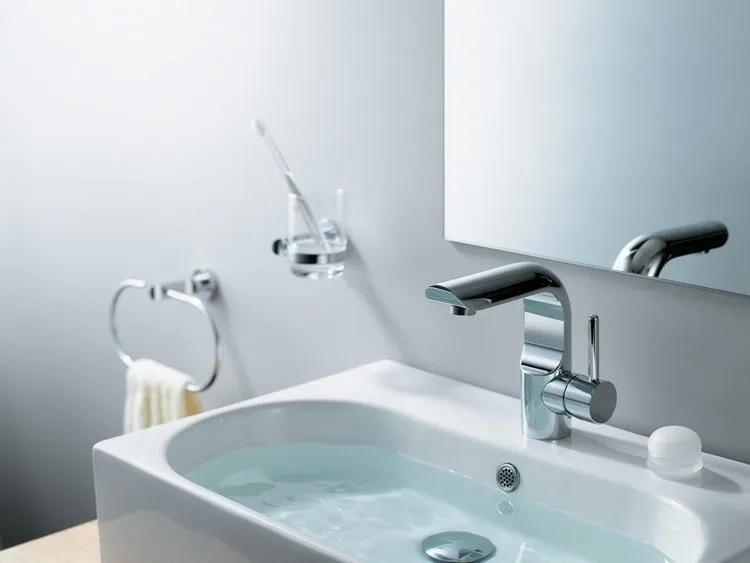
Single-handle mixer
Infrared sensor
Mixers with infrared motion sensors help avoid wasting water unnecessarily. You will never forget to turn off the tap.

Mixer with infrared sensor
Aerator
Models equipped with an aerator provide a soft, pleasant stream and reduce water consumption by up to 60%.

Mixer with aerator
More articles:
 How to Find Space for Everything in a Studio Apartment: 12 Examples
How to Find Space for Everything in a Studio Apartment: 12 Examples Ideal Interior: 7 Favorite Techniques of Pavel Zhelaznov
Ideal Interior: 7 Favorite Techniques of Pavel Zhelaznov How Designers Decorate Kitchens in Standard Panel Houses
How Designers Decorate Kitchens in Standard Panel Houses Small Loft in Sweden with Unconventional Decoration
Small Loft in Sweden with Unconventional Decoration How a Designer Restored an Old House in London
How a Designer Restored an Old House in London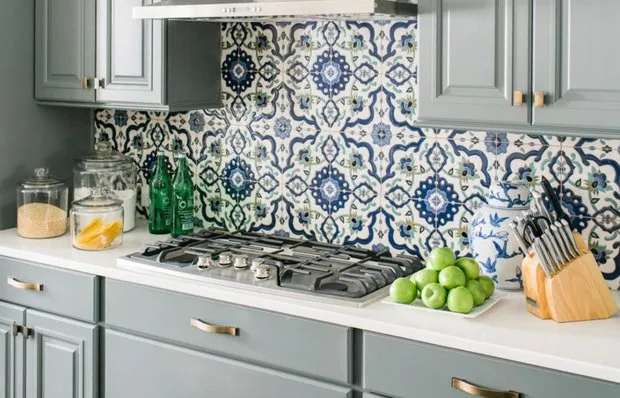 5 Secrets to Make a Cheap Kitchen Look Expensive
5 Secrets to Make a Cheap Kitchen Look Expensive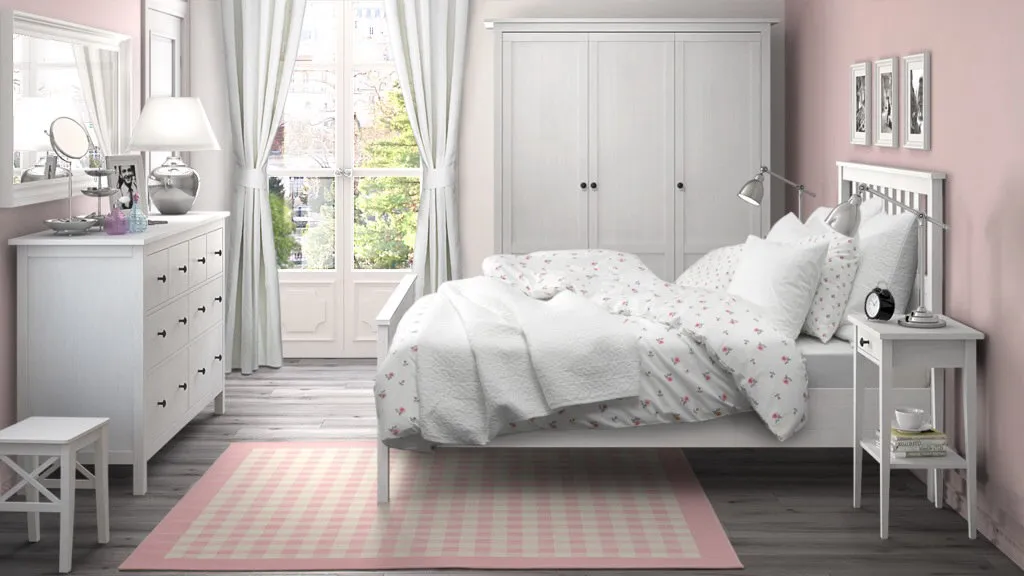 Summer Sale at IKEA: What to Buy with Up to 70% Off
Summer Sale at IKEA: What to Buy with Up to 70% Off Prevention of Plastic Windows: Step-by-Step Guide
Prevention of Plastic Windows: Step-by-Step Guide